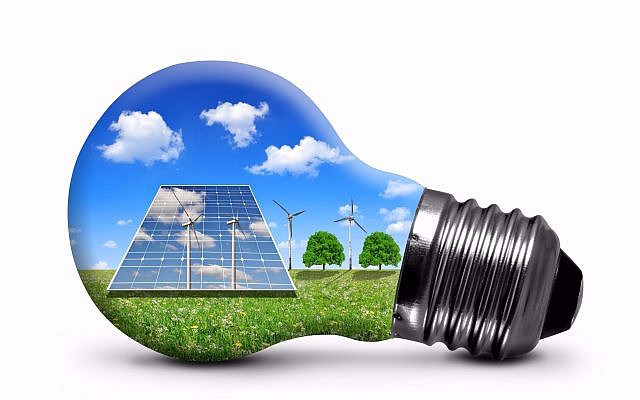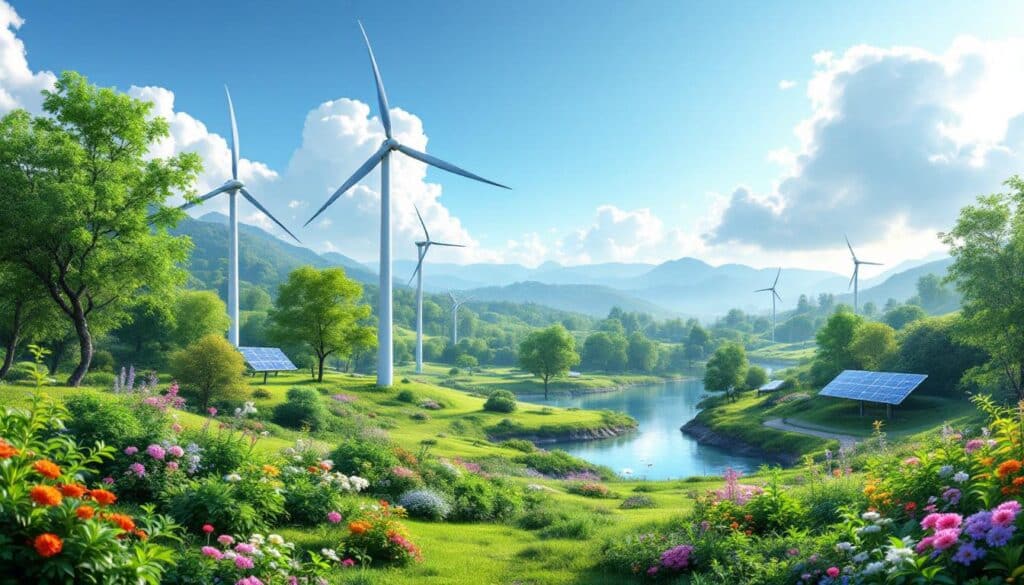Marine Le Pen: "Je veux arrêter les énergies renouvelables, parce que ce que vous appelez énergie renouvelable n'est pas propre et n'est pas renouvelable" pic.twitter.com/1sIAZqDCPi
— BFMTV (@BFMTV) June 5, 2024
In a world where environmental concerns are at the heart of debates, renewable energy is often presented as the saving solution for a sustainable future. Wind turbines, solar panels, and hydroelectric dams are celebrated as virtuous alternatives to fossil fuels. However, this idealized vision conceals more nuanced and sometimes disturbing realities. What about their impact on the environment, biodiversity, and local communities? Discover the shocking truth behind the mirage of renewable energy, a reality that deserves to be closely examined so we can make informed choices for our planet.

Renewable energy is often touted as the ultimate solution to save our planet from the ravages of climate change. With promises to reduce our dependence on fossil fuels, these technologies promise a greener and more sustainable future. However, behind this ecological facade lie less shiny aspects that deserve our attention.
The Environmental Consequences of Green Technologies
Renewable energies, such as wind turbines, solar panels, and electric vehicle batteries, are not without environmental impacts. The production of these technologies requires massive land use, which can lead to pollution and the destruction of natural habitats.
Here are some of the environmental consequences of these technologies:
- Soil and water pollution due to the extraction of essential minerals.
- Deforestation and habitat loss to install wind and solar farms.
- Emission of additional CO2 during the manufacturing process, especially in China where environmental standards are less strict.
The Waste Problem
Another often-overlooked aspect of renewable energy is waste management. Most components of wind turbines, solar panels, and EV batteries end up in landfills, as recycling is either limited or non-existent. By 2050, more than 43 million tons of turbine blades are expected to be discarded worldwide.
Predictions for solar waste are also alarming, with about 80 million tons expected by 2050. Moreover, with the increasing number of electric vehicles on the road, used batteries represent a colossal challenge for waste management.
The Human Cost of Renewable Energies
In many developing countries, the extraction of minerals necessary for renewable energies often occurs under inhumane conditions. Local communities suffer from soil and water contamination, and in some cases, the labor is performed in the form of forced labor. These practices raise serious ethical questions about the true cost of our transition to supposedly cleaner energy.
A Balanced Approach for the Future
In the face of these challenges, it is crucial to adopt a balanced approach to energy policy. It is not about blindly advocating for fossil fuels or demonizing renewable energies, but recognizing that each energy source has its advantages and disadvantages.
A healthy balance between fossil and renewable energies could offer a more viable solution and reduce the negative impacts of each technology. Such an approach would minimize environmental and social risks while ensuring a reliable energy supply.
The Necessity of an Honest Conversation
It is high time we have an honest conversation about the true consequences of renewable energies. Only by acknowledging and addressing these issues can we develop more sustainable and balanced energy policies for the future.
We must be transparent about the impacts and costs associated with each energy source and work together to find solutions that prioritize the environment and human well-being.
Articles similaires
Thank you!
We will contact you soon.














